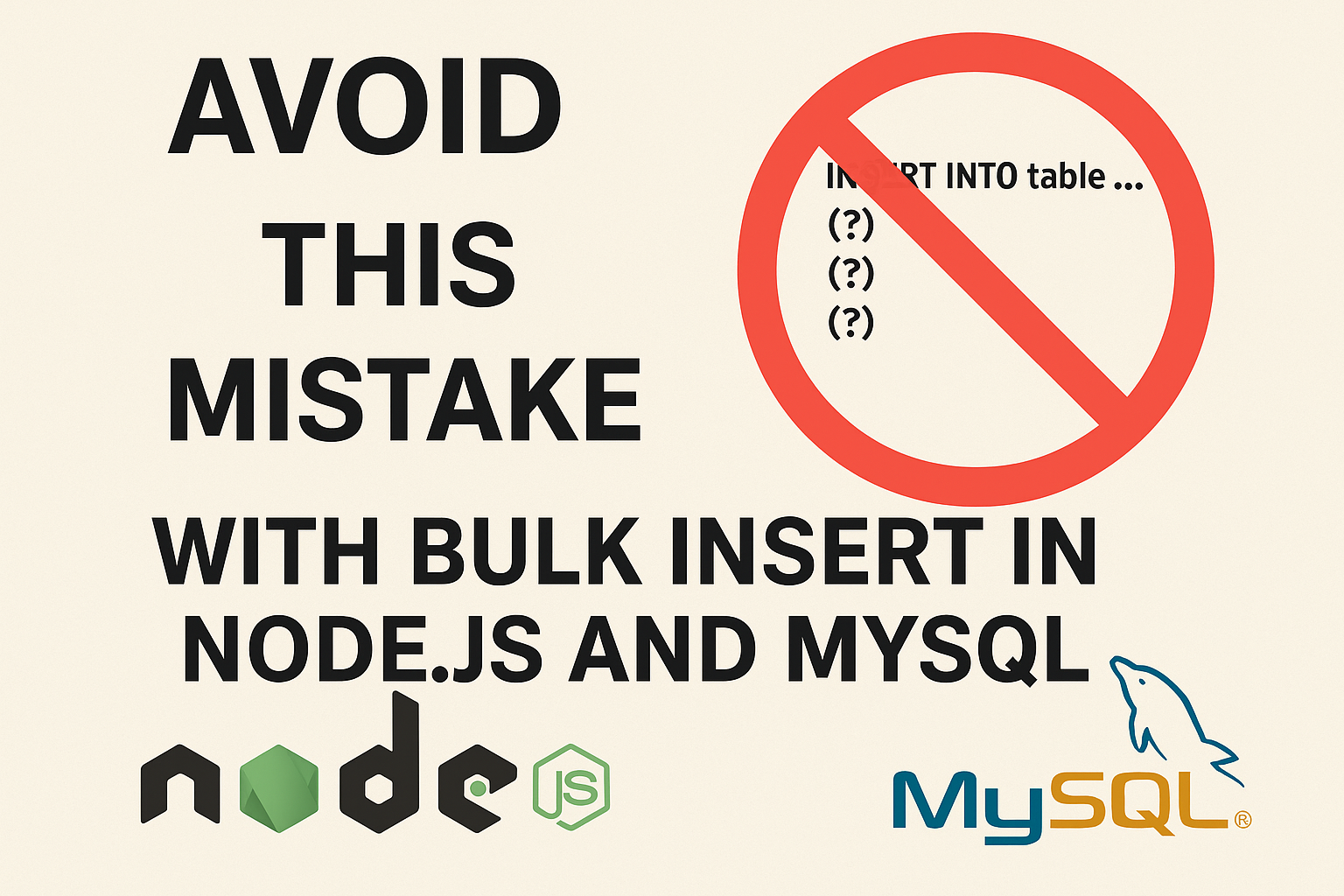Coolify: Simplifying App Deployment for Developers
In the world of application deployment, choosing the right platform can make or break your workflow. Coolify has emerged as a standout option for developers who want full control over their deployments while enjoying an intuitive experience. But how does it stack up against other popular solutions like Heroku, CapRover, Render, or Dokku?
In this blog, we’ll dive deeper into what Coolify offers and compare it with similar platforms.
What is Coolify?

Coolify is a self-hosted platform that allows developers to deploy, manage, and monitor applications with ease. Built on Docker, it supports a variety of programming languages, databases, and frameworks. Think of it as a hybrid between a Platform-as-a-Service (PaaS) like Heroku and a container orchestration tool like Kubernetes—but simpler.
Key Features of Coolify
- Self-Hosted: Install Coolify on your own server for complete control and privacy.
- Docker-Based: Simplifies deployments using Docker containers for consistency.
- Git Integration: Automatically build and deploy apps when you push to your Git repositories.
- Database Management: Built-in support for PostgreSQL, MySQL, MongoDB, and Redis.
- Custom Domains and SSL: Easily attach custom domains with auto-managed SSL certificates.
- Multi-Language Support: From Node.js to Python, Go, Ruby, PHP, and more.
- Monitoring and Logs: Access real-time app metrics and logs from the dashboard.
Coolify vs Other Deployment Platforms
Let’s compare Coolify with some of its most popular alternatives: Heroku, CapRover, Render, and Dokku.
| Feature | Coolify | Heroku | CapRover | Render | Dokku |
|---|---|---|---|---|---|
| Hosting | Self-hosted | Managed PaaS | Self-hosted | Managed PaaS | Self-hosted |
| Ease of Use | Intuitive Dashboard | Beginner-friendly | Requires CLI knowledge | Beginner-friendly | Requires CLI knowledge |
| Cost | Server costs only | Monthly subscription fees | Server costs only | Free tier, then pay-as-you-go | Server costs only |
| Git Integration | Built-in | Built-in | Built-in | Built-in | Requires plugins |
| Database Management | Built-in | Add-ons | Built-in | Built-in | Requires manual setup |
| Auto SSL Certificates | Yes | Yes | Yes | Yes | Yes |
| Multi-Language Support | Extensive | Extensive | Extensive | Extensive | Extensive |
| Scaling | Manual | Automatic | Manual | Automatic | Manual |
| Open Source | Yes | No | Yes | No | Yes |
| Vendor Lock-In | No | Yes | No | Yes | No |
Detailed Comparisons
Coolify vs Heroku
- Ease of Use: Heroku offers a seamless experience for beginners but comes with high costs and vendor lock-in. Coolify provides a similar experience but requires some initial setup for self-hosting.
- Cost: Heroku charges per app or resource, which can quickly become expensive. Coolify only requires you to pay for server costs.
- Control: Coolify’s self-hosted nature allows you to tweak and customize everything, unlike Heroku’s managed approach.
Coolify vs CapRover
- Complexity: CapRover is also self-hosted and Docker-based, but it relies heavily on command-line operations, making it slightly more intimidating for beginners. Coolify’s graphical interface gives it an edge in ease of use.
- Features: Both offer similar features like Git integration, database management, and SSL support, but Coolify’s dashboard is more polished.
- Community: CapRover has a larger community due to its longer existence, but Coolify is quickly gaining traction.
Coolify vs Render
- Hosting: Render is a managed PaaS, which means less server maintenance for you but also less control. Coolify is entirely self-hosted, giving you privacy and freedom.
- Cost: Render provides a generous free tier, but scaling your app can incur costs. Coolify, being self-hosted, remains cost-effective as your app grows.
- Scaling: Render offers auto-scaling, which Coolify currently lacks.
Coolify vs Dokku
- Ease of Use: Dokku is self-hosted and open-source but lacks a graphical interface, requiring you to configure deployments via CLI and plugins. Coolify simplifies this with a modern UI.
- Community: Dokku’s extensive plugins make it flexible, but they require more effort to set up compared to Coolify’s built-in features.
Which Platform Should You Choose?
Here are some scenarios to help you decide:
- Choose Coolify if:
- You want a user-friendly, self-hosted deployment platform.
- You need an open-source tool with Docker-based consistency.
- You’re looking for a balance between ease of use and control.
- Choose Heroku if:
- You prefer a fully managed platform and are willing to pay for convenience.
- You prioritize auto-scaling and are deploying smaller apps.
- Choose CapRover if:
- You’re comfortable using the command line and want a lightweight alternative to Kubernetes.
- You want a highly customizable, self-hosted solution.
- Choose Render if:
- You need a managed PaaS with auto-scaling and don’t mind vendor lock-in.
- You prefer a free tier to get started quickly.
- Choose Dokku if:
- You want a lightweight, open-source tool and are okay with CLI-based configuration.
- You already have experience managing self-hosted platforms.
Final Thoughts
Coolify is an excellent choice for developers who want to self-host their applications while enjoying the simplicity of a PaaS-like experience. It strikes a balance between control, cost-effectiveness, and ease of use, making it a strong contender in the deployment space.
By understanding your project’s requirements and comparing platforms, you can choose the one that best aligns with your goals. If privacy, flexibility, and an intuitive UI are your priorities, Coolify might be your perfect deployment companion.
Ready to explore Coolify? Check it out here!







